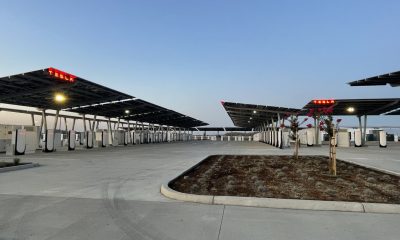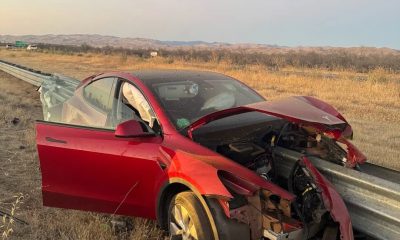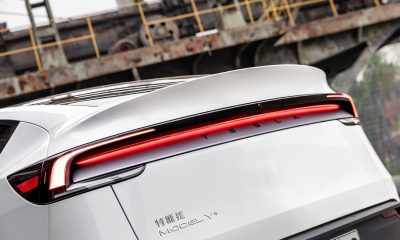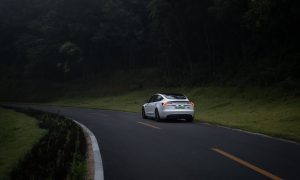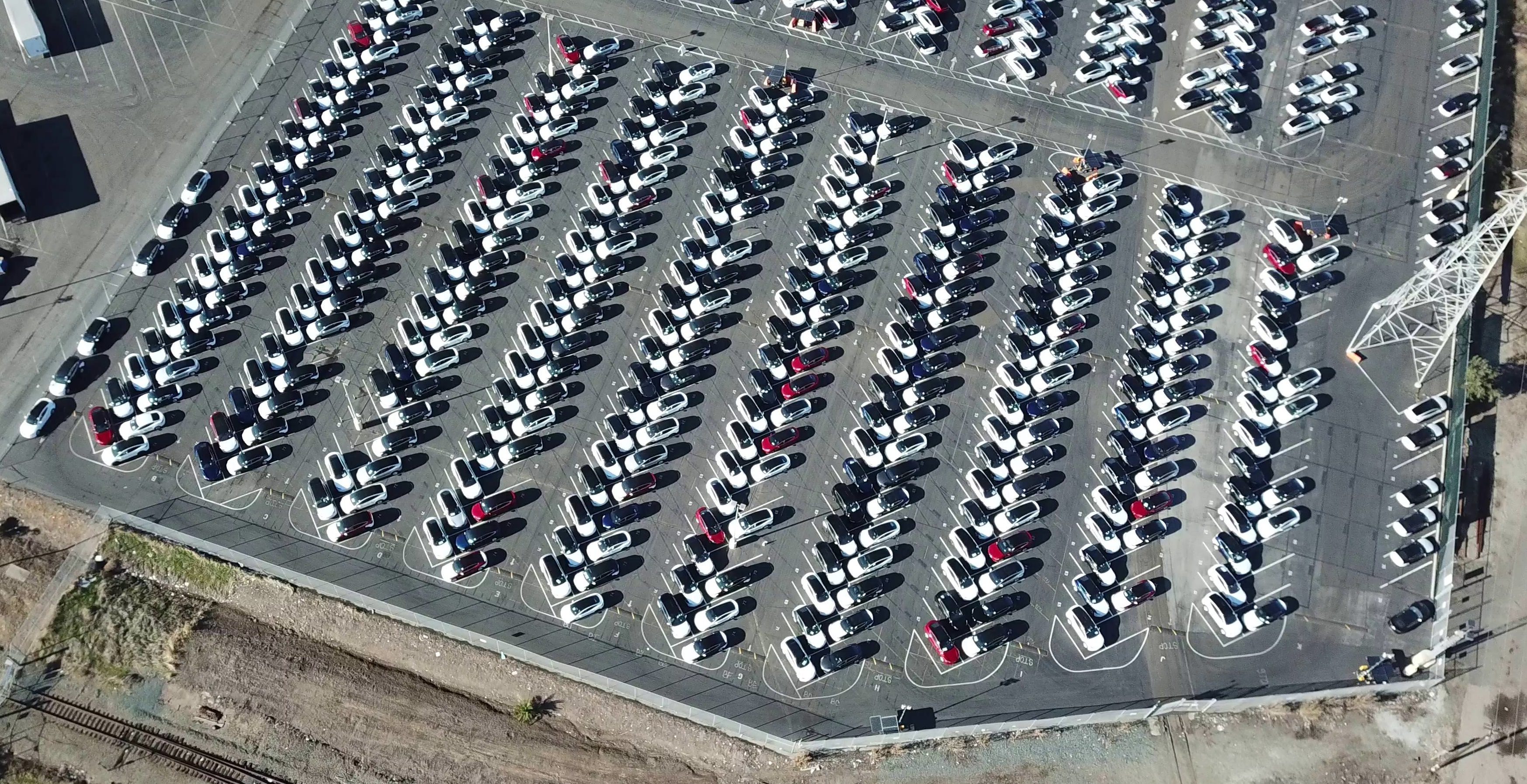

Investor's Corner
Tesla delivers 83.5k vehicles for Q3 2018, Model 3 production hits 53,239
During the third quarter, Tesla produced a total of 80,142 electric cars, 50% more than the company’s prior all-time high in Q2 2018. Tesla produced 53,239 Model 3, as well as 26,903 Model S and X vehicles.
Deliveries for Q3 totaled 83,500 vehicles, comprised of 55,840 Model 3, as well as 14,470 Model S, and 13,190 Model X. With these figures, Tesla’s Q3 deliveries alone corresponds to 80% of the company’s entire deliveries last year. The electric car maker also delivered about twice as many Model 3 in the third quarter as all previous quarters combined.
Tesla also had 8,048 Model 3and 3,776 Model S and X in transit to customers at the end of Q3. These vehicles are expected to be delivered in early Q4 2018. The company’s target of delivering 100,000 Model S and X in 2018 remains unchanged.
The third quarter saw Tesla transition from its self-imposed “production hell” and well into what Elon Musk describes as “delivery logistics hell.” Even before the Q3 results were released, expectations from Wall Street analysts already pointed to the electric car maker hitting its target of producing and delivering 50,000-55,000 Model 3 in the quarter. Even Goldman Sachs analyst David Tamberrino, who has long been a Tesla skeptic, released a note stating that he expects the company to achieve its Q3 production and delivery targets.
The past quarter has not been blemish-free for Tesla. During Q3, the electric car maker’s shares in the stock market experienced several drops, the most notable of which was a steep dive last week after the Securities and Exchange Commission announced that it has filed a lawsuit against Elon Musk over his “funding secured” tweet last August. Musk and the SEC reached a settlement for the lawsuit this past Saturday, and by Monday’s close, TSLA stock recovered the losses it incurred from the previous week’s drop.
https://twitter.com/_wongc/status/1046609449291370496
It should be noted that Tesla’s record Q3 2018 numbers were achieved through a remarkable team effort that started from the company’s executives all the way to owners of the electric cars themselves. As Tesla faced challenges with its “delivery logistics hell” at the end of Q3, some Tesla owners volunteered to help out the company by conducting orientations for newcomers. Over the last two weekends of Q3, Tesla’s volunteer-boosted delivery initiative ultimately helped the company achieve its record delivery figures. Anecdotes from electric car owners also indicated that even executives like Elon Musk helped out in deliveries as well.
Tesla is set to tackle even more ambitious targets in Q4. Tesla’s Model 3 production ramp, which is now hitting its stride, is expected to continue until the company hits a steady pace of producing 10,000 Model 3 per week. Preparations for the initial production of the $35,000 Standard trim Model 3, which is expected to enter production early next year, are also expected to continue.
Tesla’s production and delivery report for Q2 2018 can be accessed below.
PALO ALTO, Calif., Oct. 02, 2018 (GLOBE NEWSWIRE) — In Q3, we produced 80,142 vehicles, 50% more than our prior all-time high in Q2, including:
- 53,239 Model 3 vehicles, which was in line with our guidance and almost double the volume of Q2. During Q3, we transitioned Model 3 production from entirely rear wheel drive at the beginning of the quarter to almost entirely dual motor during the last few weeks of the quarter. This added significant complexity, but we successfully executed this transition and ultimately produced more dual motor than rear wheel drive cars in Q3. In the last week of the quarter, we produced over 5,300 Model 3 vehicles, almost all of which were dual motor, meaning that we achieved a production rate of more than 10,000 drive units per week.
- 26,903 Model S and X vehicles, which was slightly higher than Q2 and in line with our full-year guidance.
Q3 deliveries totaled 83,500 vehicles: 55,840 Model 3, 14,470 Model S, and 13,190 Model X. To put this in perspective, in just Q3, we delivered more than 80% of the vehicles that we delivered in all of 2017, and we delivered about twice as many Model 3s as we did in all previous quarters combined.
Our Q3 Model 3 deliveries were limited to higher-priced variants, cash/loan transactions, and North American customers only. There remain significant opportunities to grow the addressable market for Model 3 by introducing leasing, standard battery and other lower-priced variants of the car, and by starting international deliveries.
Demand for Model S and X remains high. In Q3, we were able to significantly increase Model S and X deliveries notwithstanding the headwinds we have been facing from the ongoing trade tensions between the US and China. Those trade tensions have resulted in an import tariff rate of 40% on Tesla vehicles versus 15% for other imported cars in China.
In addition, Tesla continues to lack access to cash incentives available to locally produced electric vehicles in China that are typically around 15% of MSRP or more. Taking ocean transport costs and import tariffs into account, Tesla is now operating at a 55% to 60% cost disadvantage compared to the exact same car locally produced in China. This makes for a challenging competitive environment, given that China is by far the largest market for electric vehicles. To address this issue, we are accelerating construction of our Shanghai factory, which we expect to be a capital efficient and rapid buildout, using many lessons learned from the Model 3 ramp in North America.
With production stabilized, delivery and outbound vehicle logistics were our main challenges during Q3. We made many improvements to these processes throughout the quarter, and plan to make further improvements in Q4 so that we can scale successfully. As part of this effort, we plan to continue to expand direct deliveries to customers at their home or office, a service we launched in Q3 to improve customer convenience.
8,048 Model 3 vehicles and 3,776 Model S and X vehicles were in transit to customers at the end of Q3, and will be delivered in early Q4. Our overall target of 100,000 Model S and X deliveries in 2018 remains unchanged.
Our net income and cash flow results will be announced along with the rest of our financial performance when we announce Q3 earnings.
We want to thank the entire Tesla team for executing so well during this challenging ramp up in deliveries. We also want to thank all of our customers who volunteered to help us with deliveries, and our new customers who are showing their faith in Tesla by purchasing our products in such large numbers. It was beyond inspiring to see the contributions made by the whole Tesla community.
Tesla’s Q3 2018 vehicle deliveries and production report can be accessed here.
Investor's Corner
Cantor Fitzgerald maintains Tesla (TSLA) ‘Overweight’ rating amid Q2 2025 deliveries
Cantor Fitzgerald is holding firm on its bullish stance for the electric vehicle maker.
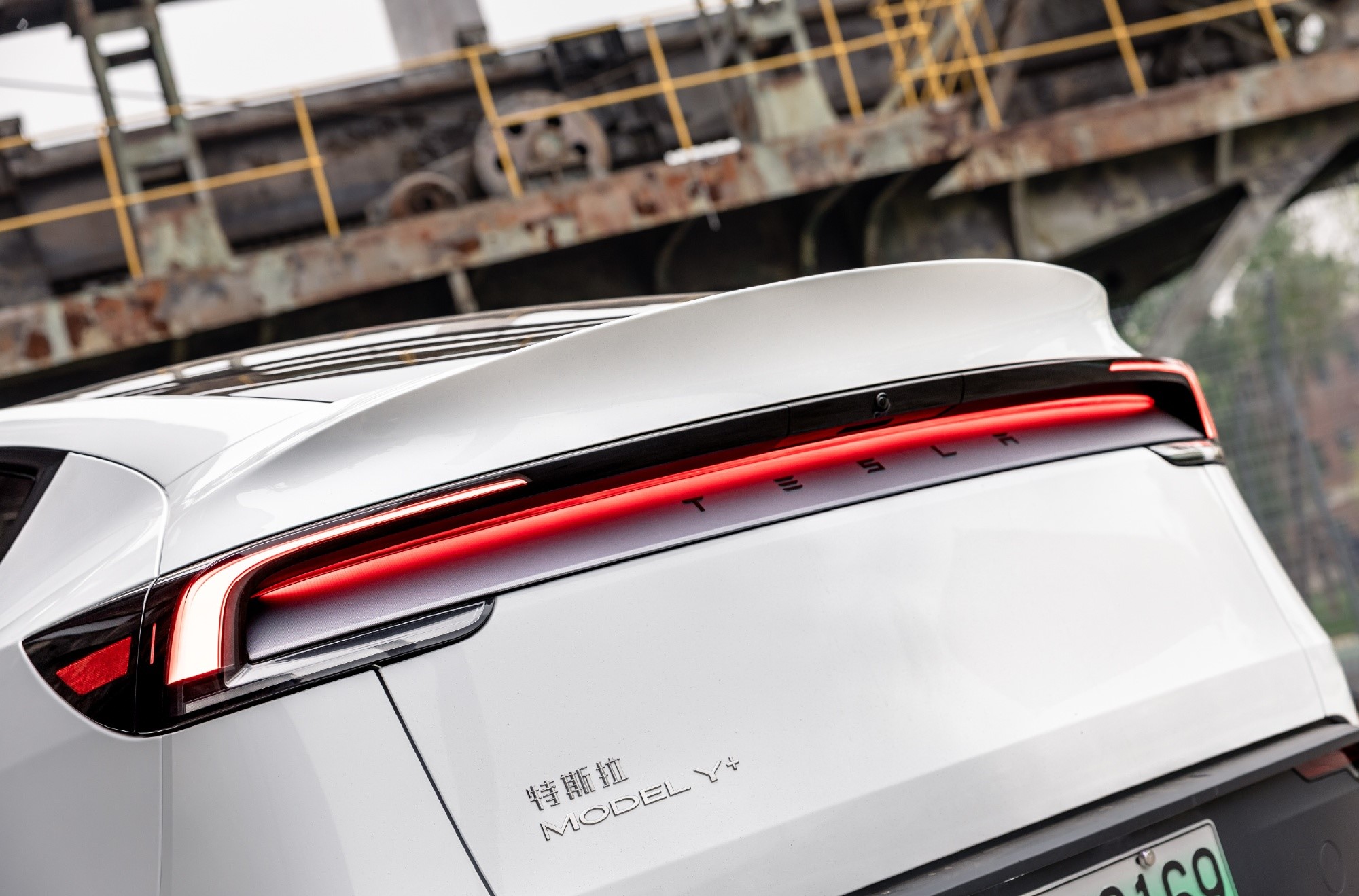
Cantor Fitzgerald is holding firm on its bullish stance for Tesla (NASDAQ: TSLA), reiterating its “Overweight” rating and $355 price target amidst the company’s release of its Q2 2025 vehicle delivery and production report.
Tesla delivered 384,122 vehicles in Q2 2025, falling below last year’s Q2 figure of 443,956 units. Despite softer demand in some countries in Europe and ongoing controversies surrounding CEO Elon Musk, the firm maintained its view that Tesla is a long-term growth story in the EV sector.
Tesla’s Q2 results
Among the 384,122 vehicles that Tesla delivered in the second quarter, 373,728 were Model 3 and Model Y. The remaining 10,394 units were attributed to the Model S, Model X, and Cybertruck. Production was largely flat year-over-year at 410,244 units.
In the energy division, Tesla deployed 9.6 GWh of energy storage in Q2, which was above last year’s 9.4 GWh. Overall, Tesla continues to hold a strong position with $95.7 billion in trailing twelve-month revenue and a 17.7% gross margin, as noted in a report from Investing.com.
Tesla’s stock is still volatile
Tesla’s market cap fell to $941 billion on Monday amid volatility that was likely caused in no small part by CEO Elon Musk’s political posts on X over the weekend. Musk has announced that he is forming the America Party to serve as a third option for voters in the United States, a decision that has earned the ire of U.S. President Donald Trump.
Despite Musk’s controversial nature, some analysts remain bullish on TSLA stock. Apart from Cantor Fitzgerald, Canaccord Genuity also reiterated its “Buy” rating on Tesla shares, with the firm highlighting the company’s positive Q2 vehicle deliveries, which exceeded its expectations by 24,000 units. Cannacord also noted that Tesla remains strong in several markets despite its year-over-year decline in deliveries.
Elon Musk
Tesla analyst issues stern warning to investors: forget Trump-Musk feud
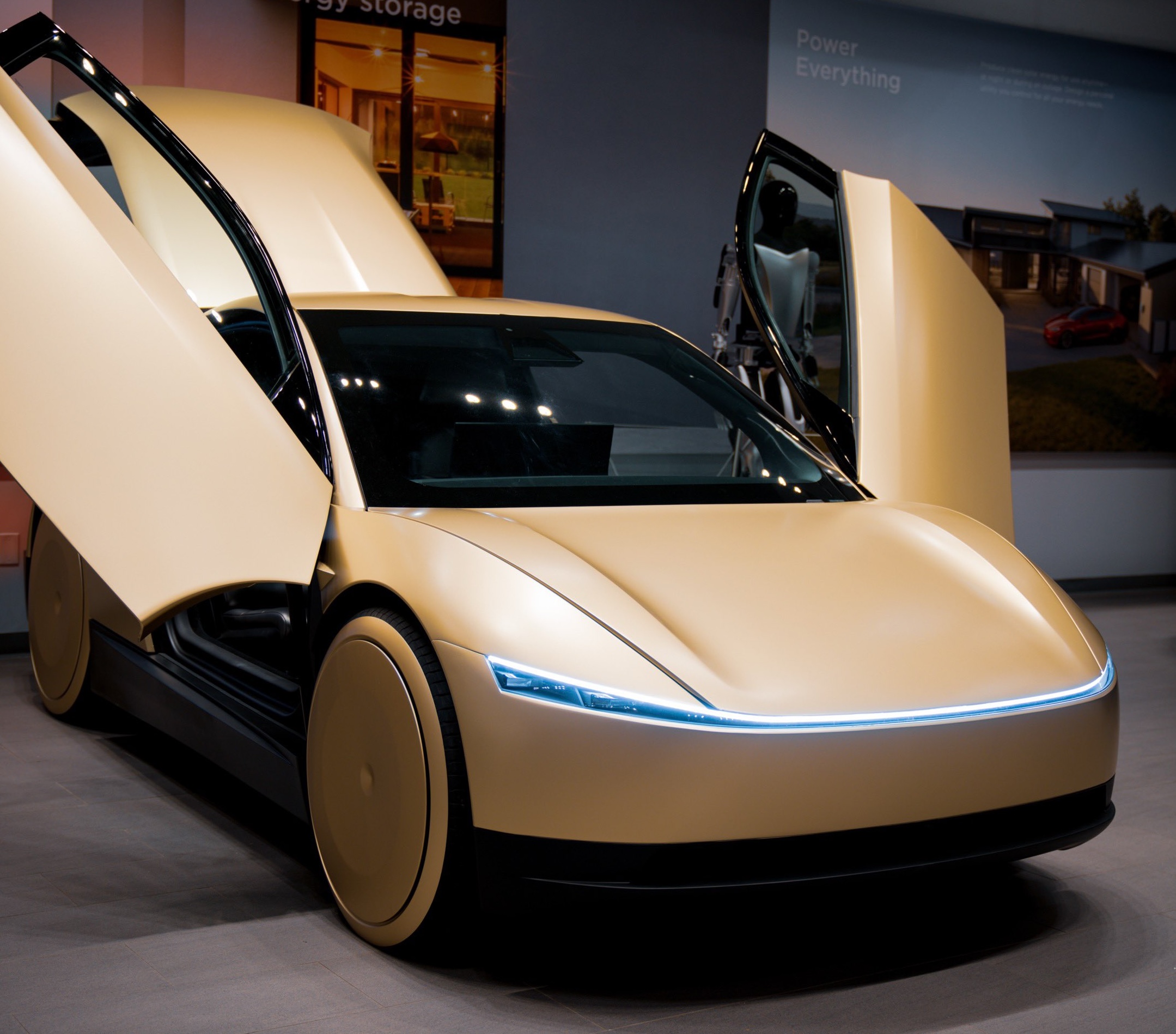
A Tesla analyst today said that investors should not lose sight of what is truly important in the grand scheme of being a shareholder, and that any near-term drama between CEO Elon Musk and U.S. President Donald Trump should not outshine the progress made by the company.
Gene Munster of Deepwater Management said that Tesla’s progress in autonomy is a much larger influence and a significantly bigger part of the company’s story than any disagreement between political policies.
Munster appeared on CNBC‘s “Closing Bell” yesterday to reiterate this point:
“One thing that is critical for Tesla investors to remember is that what’s going on with the business, with autonomy, the progress that they’re making, albeit early, is much bigger than any feud that is going to happen week-to-week between the President and Elon. So, I understand the reaction, but ultimately, I think that cooler heads will prevail. If they don’t, autonomy is still coming, one way or the other.”
BREAKING: GENE MUNSTER SAYS — $TSLA AUTONOMY IS “MUCH BIGGER” THAN ANY FEUD 👀
He says robotaxis are coming regardless ! pic.twitter.com/ytpPcwUTFy
— TheSonOfWalkley (@TheSonOfWalkley) July 2, 2025
This is a point that other analysts like Dan Ives of Wedbush and Cathie Wood of ARK Invest also made yesterday.
On two occasions over the past month, Musk and President Trump have gotten involved in a very public disagreement over the “Big Beautiful Bill,” which officially passed through the Senate yesterday and is making its way to the House of Representatives.
Musk is upset with the spending in the bill, while President Trump continues to reiterate that the Tesla CEO is only frustrated with the removal of an “EV mandate,” which does not exist federally, nor is it something Musk has expressed any frustration with.
In fact, Musk has pushed back against keeping federal subsidies for EVs, as long as gas and oil subsidies are also removed.
Nevertheless, Ives and Wood both said yesterday that they believe the political hardship between Musk and President Trump will pass because both realize the world is a better place with them on the same team.
Munster’s perspective is that, even though Musk’s feud with President Trump could apply near-term pressure to the stock, the company’s progress in autonomy is an indication that, in the long term, Tesla is set up to succeed.
Tesla launched its Robotaxi platform in Austin on June 22 and is expanding access to more members of the public. Austin residents are now reporting that they have been invited to join the program.
Elon Musk
Tesla surges following better-than-expected delivery report
Tesla saw some positive momentum during trading hours as it reported its deliveries for Q2.

Tesla (NASDAQ: TSLA) surged over four percent on Wednesday morning after the company reported better-than-expected deliveries. It was nearly right on consensus estimations, as Wall Street predicted the company would deliver 385,000 cars in Q2.
Tesla reported that it delivered 384,122 vehicles in Q2. Many, including those inside the Tesla community, were anticipating deliveries in the 340,000 to 360,000 range, while Wall Street seemed to get it just right.
Tesla delivers 384,000 vehicles in Q2 2025, deploys 9.6 GWh in energy storage
Despite Tesla meeting consensus estimations, there were real concerns about what the company would report for Q2.
There were reportedly brief pauses in production at Gigafactory Texas during the quarter and the ramp of the new Model Y configuration across the globe were expected to provide headwinds for the EV maker during the quarter.
At noon on the East Coast, Tesla shares were up about 4.5 percent.
It is expected that Tesla will likely equal the number of deliveries it completed in both of the past two years.
It has hovered at the 1.8 million mark since 2023, and it seems it is right on pace to match that once again. Early last year, Tesla said that annual growth would be “notably lower” than expected due to its development of a new vehicle platform, which will enable more affordable models to be offered to the public.
These cars are expected to be unveiled at some point this year, as Tesla said they were “on track” to be produced in the first half of the year. Tesla has yet to unveil these vehicle designs to the public.
Dan Ives of Wedbush said in a note to investors this morning that the company’s rebound in China in June reflects good things to come, especially given the Model Y and its ramp across the world.
He also said that Musk’s commitment to the company and return from politics played a major role in the company’s performance in Q2:
“If Musk continues to lead and remain in the driver’s seat, we believe Tesla is on a path to an accelerated growth path over the coming years with deliveries expected to ramp in the back-half of 2025 following the Model Y refresh cycle.”
Ives maintained his $500 price target and the ‘Outperform’ rating he held on the stock:
“Tesla’s future is in many ways the brightest it’s ever been in our view given autonomous, FSD, robotics, and many other technology innovations now on the horizon with 90% of the valuation being driven by autonomous and robotics over the coming years but Musk needs to focus on driving Tesla and not putting his political views first. We maintain our OUTPERFORM and $500 PT.”
Moving forward, investors will look to see some gradual growth over the next few quarters. At worst, Tesla should look to match 2023 and 2024 full-year delivery figures, which could be beaten if the automaker can offer those affordable models by the end of the year.
-

 Elon Musk1 week ago
Elon Musk1 week agoTesla investors will be shocked by Jim Cramer’s latest assessment
-

 News2 weeks ago
News2 weeks agoTesla Robotaxi’s biggest challenge seems to be this one thing
-

 News2 weeks ago
News2 weeks agoWatch the first true Tesla Robotaxi intervention by safety monitor
-

 Elon Musk2 weeks ago
Elon Musk2 weeks agoA Tesla just delivered itself to a customer autonomously, Elon Musk confirms
-

 News2 weeks ago
News2 weeks agoTesla Robotaxi rollout proves that Elon Musk still delivers, even if it’s late
-

 Elon Musk2 weeks ago
Elon Musk2 weeks agoxAI welcomes Memphis pollution results, environmental groups push back
-
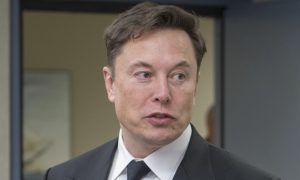
 Elon Musk2 weeks ago
Elon Musk2 weeks agoElon Musk commends Tesla team on successful Robotaxi launch
-

 Elon Musk2 weeks ago
Elon Musk2 weeks agoElon Musk confirms Tesla Optimus V3 already uses Grok voice AI




